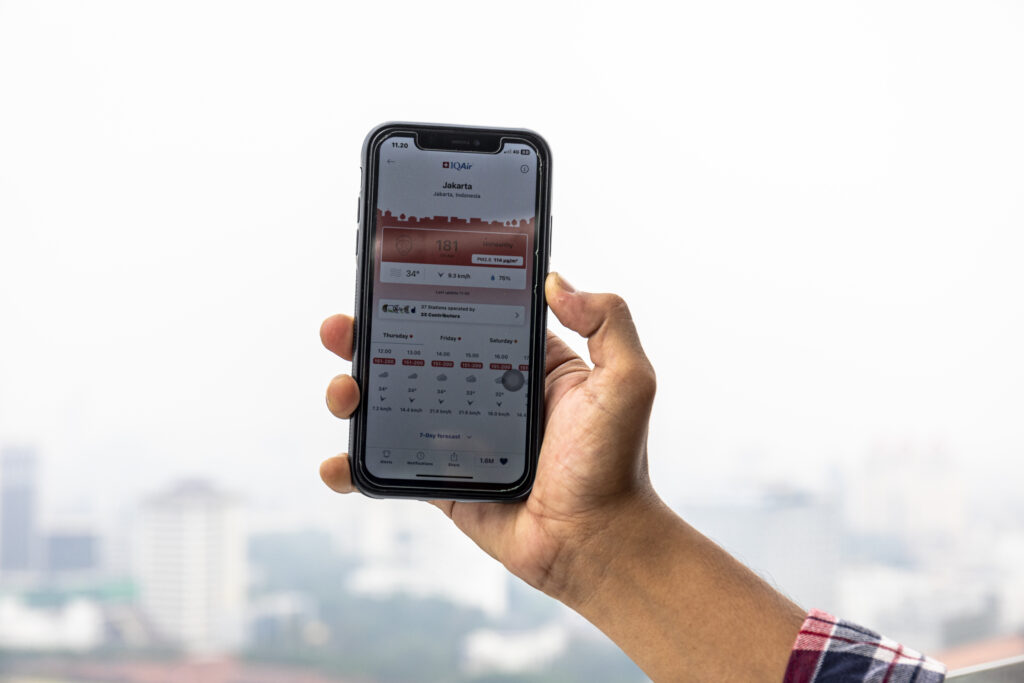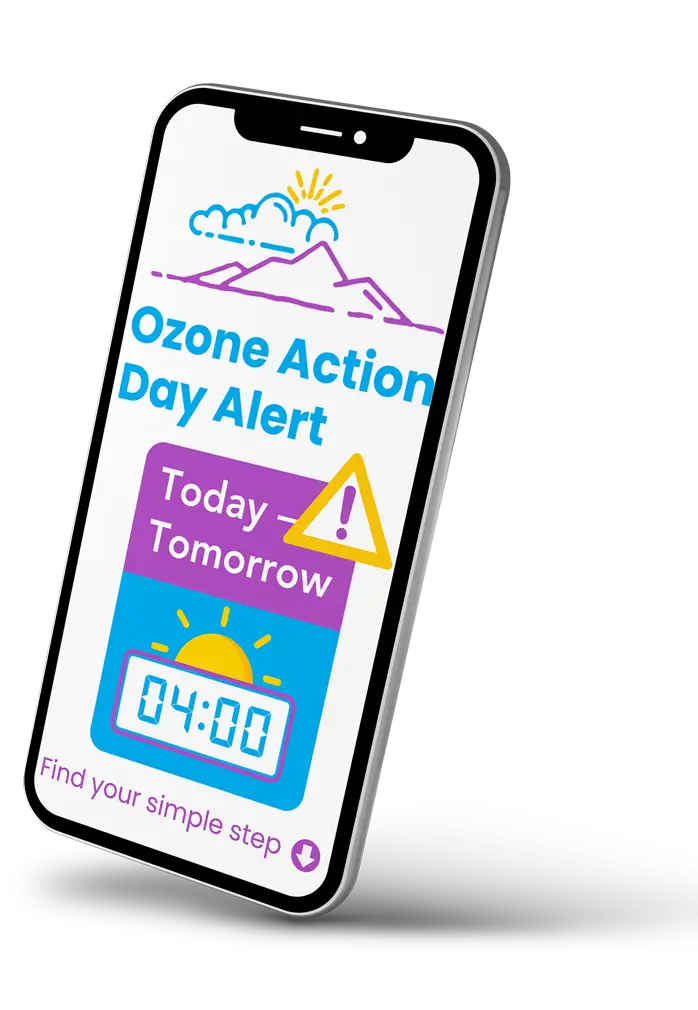Colorado is often known for its beautiful blue skies. But in the summer months, sometimes the best choice is to stay indoors in order to avoid breathing in unhealthy levels of ground-level ozone or wildfire smoke.
But what then? Allergens, smoke, and airborne viruses — like those which cause colds, influenza, and COVID-19 — can all find their way inside and build up indoors, degrading the quality of your indoor air. Read on to learn why staying indoors helps with ozone, and how to freshen up your indoor air with some improved air filtration.
Why stay indoors for ozone?
The easiest way to avoid breathing in higher levels of ground-level ozone is to stay inside, and close windows and doors. Your home or office acts like a shield to the ozone molecule (O3), which will react with the building walls and be unable to make it inside. While some of the ingredients for ozone can make their way indoors – as no building is completely airtight – ozone has a much harder time forming indoors because windows filter out the ultraviolet (UV) light it needs to kick off its chemical reaction.
Can’t see or smell it? Don’t ignore it.
Besides being colorless, ground-level ozone is also odorless. And sometimes, so is smoke from far away fires! Many other things that affect air quality and our health are also invisible to the naked eye or don’t have a smell, like pollen, dust, and viruses. This can lead people to underestimate just how bad the air quality is. Don’t wait until your eyes feel itchy, you start coughing, or you smell or see poor indoor air quality to take steps to improve it.
Simple steps for cleaner indoor air
There are some simple steps you can take to clean the air at home or at work, and breathe easier indoors!
If you live in a house, replace your furnace filter with a high quality one. They have different ratings, but a common high quality one that most homes’ systems can handle is called “MERV13.” If you have air conditioning, recirculate the indoor air within the house to force the air through that filter and further reduce smoke, pollen, or particulate matter.
If living in an apartment or condo, you can purchase a portable air purifier that uses a high-quality HEPA (high efficiency particulate air) filter, a type of pleated mechanical air filter. Check the square footage to make sure it is appropriate for the size of room(s) you are using it in. You can also add portable air cleaners in a house to further improve its indoor air quality.
If you don’t have air conditioning and need to leave the windows open, you can still run an air purifier using HEPA filters — it just won’t be as effective as with windows and doors closed. And, you’ll need to run in on a higher setting, which uses more energy. Instead, consider placing a box fan with a HEPA filter attached (on the intake side of the fan) in your window, and blowing outdoor air in, so that the air entering your home is filtered.
Build your own DIY air filter
Need a portable, affordable air purifier that will do the trick in a pinch? Go the DIY route.
You can create a Corsi-Rosenthal Box, which is an efficient and long-lasting air purifier for removing airborne virus particles and particulate matter (like smoke) from large indoor spaces like homes, offices, and other shared indoor spaces. They use four furnace filters and a box fan, along with some cardboard and duct tape. (These DIY portable air purifiers do not filter out ozone.)
Find more information and a how-to video here.
A Spanish video tutorial is available here.
A smaller Corsi-Rosenthal Box using only one furnace filter may be appropriate for smaller
spaces, such as dorm rooms, bedrooms, and private offices. Find more information and a how-to
video here.
Stay healthy with family and friends
Many viruses spread through the air, which means that spending time indoors with other people
can spread infections. Fortunately, the same air filtration systems which filter out smoke and
allergens can also help catch and keep viruses out of the air! However, avoid “ionizing bipolar,”
ionizers and UV light air purifiers at home, as these can create ozone indoors.
This piece was adapted from an article originally published by Kelsey Simpkins for CU Boulder
Today on Sept. 7, 2021: “Amid wildfires and a pandemic, here’s how to keep your indoor air
clean.”

Kelsey Simpkins
Communications and Programs Manager
Regional Air Quality Council




